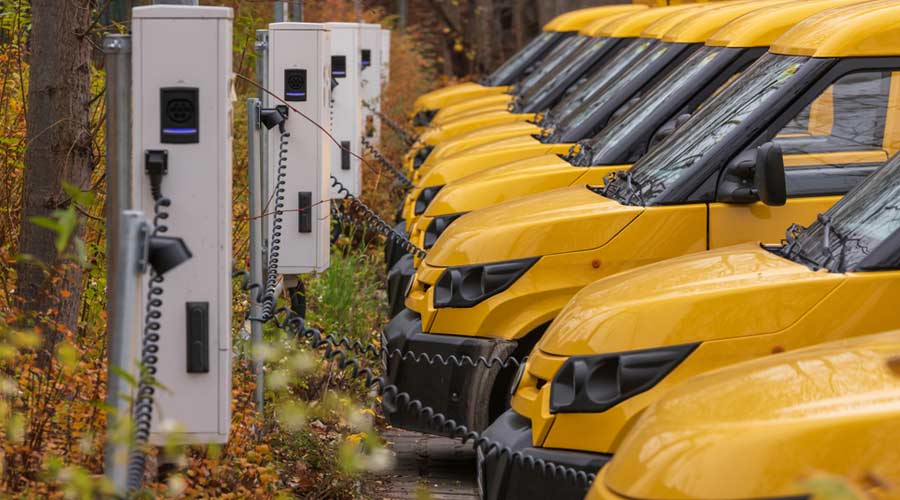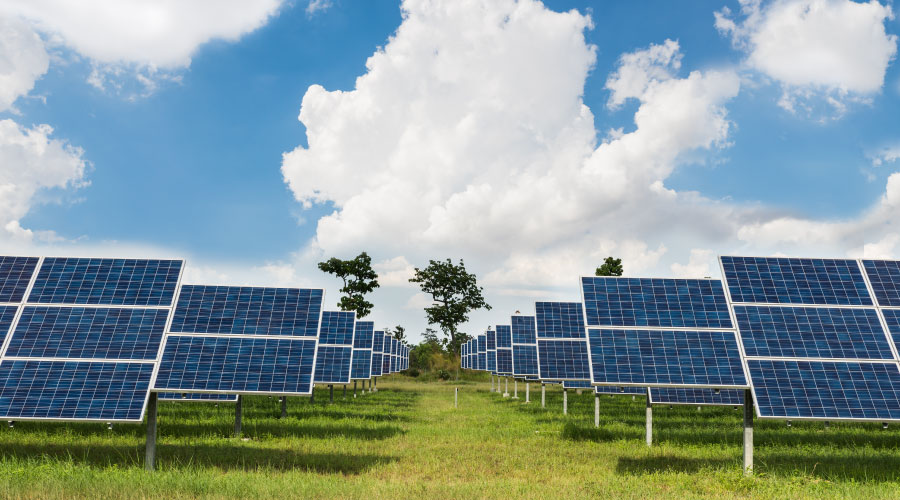How To Ensure High-Performance Buildings Have High-Performance Operations
As high-performance buildings become a more common standard, being able to operate those buildings to meet that standard is critical. Here’s how to make sure your high-performance building has high-performance operations.
Growing occupant demand, investor pressures, and building code requirements have led to a new standard of sustainability for high-performance buildings. As a result, many markets are mandating comprehensive sustainability and energy-efficiency programs. Meeting these new requirements, often means building owners and facility managers face the daunting task of bringing an older facility up to today’s expected standards. But if one study conducted by the Natural Resources Defense Council (NRDC) on an initiative The Tower Companies implemented at three buildings in Washington, D.C., is any indication, there’s a tremendous amount of opportunity to achieve high-performance gains for America’s existing commercial buildings. Yet retooling for sustainability and energy efficiency requires investments not only in the buildings themselves but in the professionals charged with keeping the buildings operating at the highest possible levels.
High-performance buildings aren’t just about saving energy and the environment. Ensuring that a building is high-performance also involves being socially responsible. The best approach aims for a triple bottom line, making decisions based not just on environmental and economic benefits, but on social benefits as well. There is a strong business case for being socially responsible while pursuing efficiency and sustainability. Such an approach can have a positive effect on tenant happiness, as well as employee retention and attraction, reducing operating costs and improving the bottom line.
“Study after study has shown that workers are more productive in an office space that is palpably healthier,” says Jeffrey A. Horn, president and chief executive officer of BOMI International.
Energy efficiency and sustainability are a big part of creating a socially conscious environment. Being energy efficient and sustainable starts with effective use of resources, from construction through operations. And every aspect affects the environment, today and for generations to come. According to the U.S. Environmental Protection Agency (EPA), buildings in the United States account for approximately 40 percent of total greenhouse gas emissions. As such, facility managers must make a strong commitment of responsibility to the buildings they build, own, and manage.
Related Topics:














